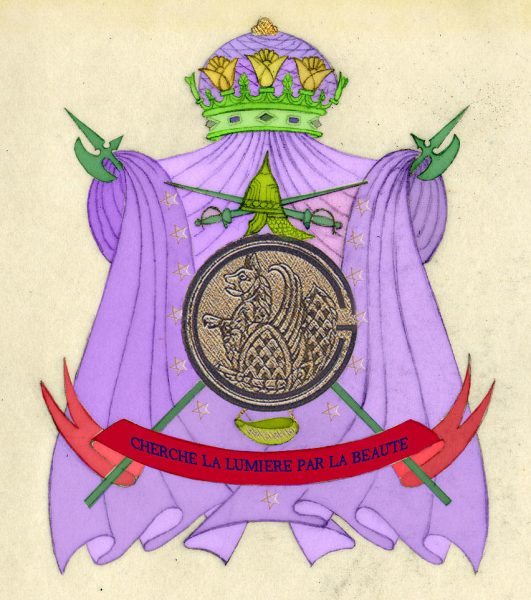The Ghiabi family, also known as Ghiabi Shamlou, is a distinguished lineage of influential advisors and Shia merchants renowned in Russia and Iran. It traces its ancestry to Heydar Gholi Khan Ghiabi Shamlou, an esteemed ambassador of the Qajar court in Russia. This lineage is part of the larger Shamlou tribe, known for its significant historical contributions.

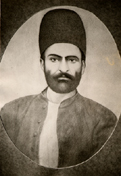


Lineage and Origins
The lineage of the Ghiabi family finds its roots in the Shamlou tribe, one of the seven principal and powerful tribes among the Turkic Alawites, known as Qizilbash. Originating in present-day Syria, the Shamlou tribe migrated alongside Turkmen immigrants and settled in the region. Later, they migrated to Iran, contributing significantly to the establishment of the Safavid dynasty and the rise of Shah Ismail Safavi to the throne. Throughout history, the Shamlou tribe played pivotal roles in military endeavors, administration, governance of territories, and stewardship of princely estates.
Branching from the Shamlou Tribe
During the Qajar era, the Shamlou tribe, like other nobles of the country, aligned themselves with Sultan Agha Mohammad Khan Qajar, participating actively in various military campaigns. Settling in different regions of Iran during this period, each tribe branch pursued independent activities, distinguishing themselves from mass movements observed in other tribes. Descendants of the Shamlou tribe established residences in various locations, leading to the emergence of notable lineages during the Qajar period.
Dispersion and Modern Influence
Today, various branches of the Shamlou tribe reside in different parts of Iran, the United States, and Europe, particularly in southern France. Notable individuals from these lineages have made significant contributions in various fields, including governance, architecture, and economics. Their dispersion across regions underscores their enduring legacy and influence.
Origin of the Name
The name “Ghiabi” became associated with the lineage following Heydar-Qoli Khan Ghiabi Shamlou’s appointment as the chief ambassador to the Qajar court and his subsequent migration to Russia. His descendants adopted the name “Ghiabi,” while those of his brother Hossein, residing in Hamadan, chose “Ghiaee” as their surname. These two closely related lineages have played pivotal roles in shaping Iranian history, with their family name even adorning the ceiling of the Assembly of Experts (Senate Palace) today.
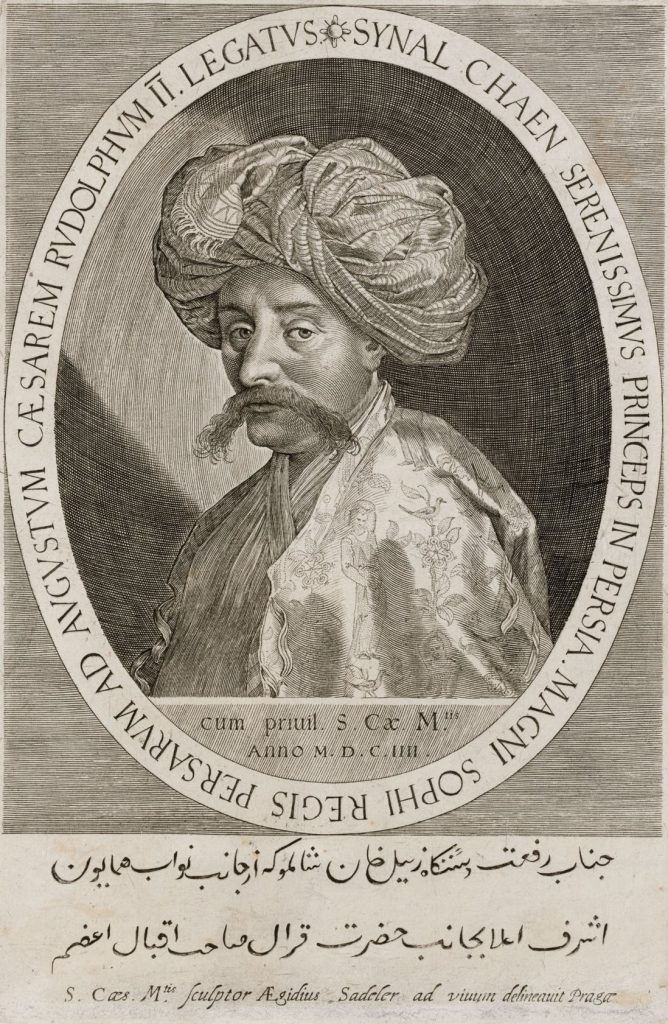
Notable Family Members
The Ghiabi family boasts a rich lineage of distinguished individuals who have played significant roles in Iranian history and society. Here are some selected family members, along with their notable positions and contributions:
- Ahmad Sultan Shamlu
- Abdu Beg Shamlu: Father-in-law of Ismail I.
- Husein Khan Shamlu: The most powerful Qizilbash Khan, executed by Shah Tahmasp in 1534.
- Hossein Khan Shamlu: Governor of Lors Pushtkuh, Province of Lorestan.
- Hasan Khan Shamlu
- Mirza Vali Khan Shamlu: Governor.
- Ali Gholi Khan Shamlu (aka Haji Ali Qizilbash Mazandarani): Governor of Khorassan and chief of the armies under Shah Abbas.
- Jāni Beg Khan Bigdeli Shāmlu: Ishik-āqāsi-bāshi (master of ceremony) and qurchi-bāshi (head of the tribal guards) under the Safavid Shah Ṣafi I (r. 1629-42) and Shah ʿAbbās II.
- Sinan Khan Shamlu: Ambassador of Shah Abbas I to Emperor Rudolph II of Habsburg.
- Muhamad Gholi Khan Bigdili-e Shamlu
- Dormish Khan Shamlu: Brother-in-law of Shah Ismail I and Governor of Isfahan.
- Murtaza Gulu Khan Shamlu-Ardabili: Invented a calligraphy style called “Shikasta Nastaʿlīq.”
- Abbas Gholi Khan Shamlu-Shahsevan: Governor of Herat.
- Mu’min Khan Shamlu (1699–1707): Grand Vazir.
- Mohammed Zaman Khan Shamlu
- Muhamad Ali Khan Bigdili-e Shamlu (c.1722): Grand Vazir.
- Zaynal Khan Shamlu: Ambassador of Shah Abbas I to the Court of the Holy Roman Emperor Rudolf II.
- Murshid Gholi Khan Ustajlu-e Shamlu
- Heydar Gholi Khan Ghiaï-e Chamlou I
- Mirza Mohammad Hossein Khan Ghiyabi-e Chamlou
- Ali Akbar Khan Ghiabi
- Manouchehr Ghiaie-e Shamloo: Governor of Tehran.
- Heydar Gholi Khan Ghiaï-e Chamlou II: Architect and Aide de Camp of the Impériale Court of Iran.
Official Family Crest and “Grandes Armes”
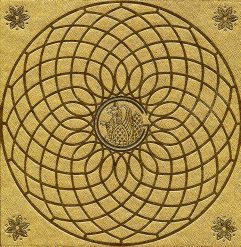
The Ghiabi family crest, also known as “Grandes Armes,” is a symbol rich in heritage and significance, reflecting the esteemed lineage of the family. The crest includes:
- A Winged Lion: Symbolizing strength, courage, and nobility.
- A Bag of Wheat Divided into Three: Representing abundance, prosperity, and sustenance.
- A Shield with Seven Angles: Signifying protection and defense.
- A Wing Divided in Seven: Reflecting unity and harmony within the family.
- A Tail Divided in 13: Symbolizing longevity and continuity.
- A Body Divided in 21: Representing resilience, adaptability, and strength in diversity.
- A Circle within a Circle (GC): Indicating the family’s unity and cohesion.
The complete design further incorporates:
- A Stylized Sun Framed by 4 Lotus Flowers: Signifying enlightenment, purity, and spiritual growth.
The full coat of arms features the family creed translated into French and is a testament to the family’s values and principles.
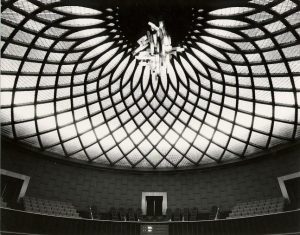
The Ghiabi Crest is proudly displayed in various private and public properties, serving as a reminder of the family’s enduring legacy. Notably, it inspired the design of the Dome of the Senate House of Iran by Heydar Ghiaï in 1955, showcasing its influence and significance in contemporary architecture.
